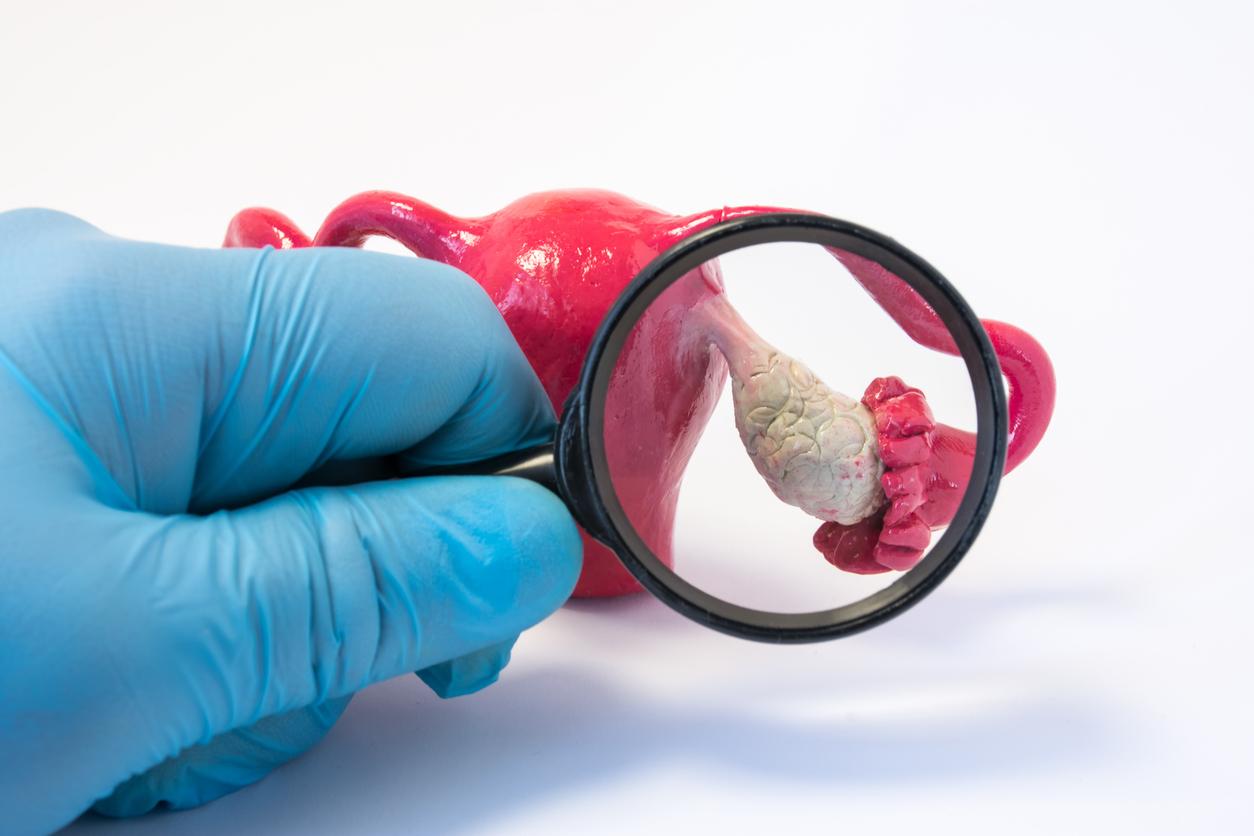New research has shown that people with transplants are twice as likely to develop melanoma as those without. Researchers advise transplant recipients to be careful to put on sunscreen with each exposure and to watch for skin abnormalities that may be signs of melanoma.
To reach these conclusions, researchers at Johns Hopkins University (United States) observed the rate of melanoma in approximately 14,000 patients who underwent organ transplants in the United States between 1987 and 2010. They note that all observed patients were white. Their results show that melanoma patients who also had an organ transplant were three times more likely to die from skin cancer than those who had not been transplanted.
Such an increased risk of cancer in transplanted is astonishing to observe, according to study lead author Hillary Robbins, a graduate student at the Johns Hopkins Bloomberg School of Public Health in Baltimore, USA. She explains that close monitoring of the condition of The health of transplant patients should enable us to detect melanoma faster, even before the cancer begins to spread in the body.
The link between melanoma and transplants is not yet known, but researchers hypothesize that drugs used to lower the immune system during a transplantation could be responsible. These drugs, which weaken the immune system so that the transplanted organ is not rejected, could worsen the sun damage caused by UV rays.
Previous studies have already linked the drug Azathioprine, used in kidney transplants, to a higher risk of leukemia, lymphoma and skin cancer. It is believed that these carcinogenic effects could be caused by UV rays from the sun. However, researchers believe that other drugs that lower the immune system could also cause cancer.
However, the researchers, who published their findings in the Journal of Investigative Dermatology, say more research will be needed to confirm their findings.
Read also: Melanoma: beware of citrus fruits
Skin cancer: carcinoma or melanoma?
Melanoma: beware of impotence treatments


















